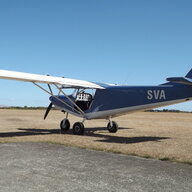-
Posts
3,085 -
Joined
-
Last visited
-
Days Won
26

IBob replied to Marty_d's topic in Instruments, Radios and Electronics

IBob replied to Garfly's topic in Aircraft Incidents and Accidents

IBob replied to Garfly's topic in Aircraft Incidents and Accidents

IBob replied to Garfly's topic in Aircraft Incidents and Accidents

IBob replied to Marty_d's topic in Instruments, Radios and Electronics

IBob replied to Marty_d's topic in Instruments, Radios and Electronics

IBob replied to Marty_d's topic in Instruments, Radios and Electronics

IBob replied to Marty_d's topic in Instruments, Radios and Electronics

IBob replied to Marty_d's topic in Instruments, Radios and Electronics

IBob replied to Marty_d's topic in Instruments, Radios and Electronics

IBob replied to NT5224's topic in Aircraft Building and Design Discussion

IBob replied to NT5224's topic in Aircraft Building and Design Discussion

IBob replied to NT5224's topic in Aircraft Building and Design Discussion

IBob replied to NT5224's topic in Aircraft Building and Design Discussion

IBob replied to NT5224's topic in Aircraft Building and Design Discussion

IBob replied to NT5224's topic in Aircraft Building and Design Discussion

